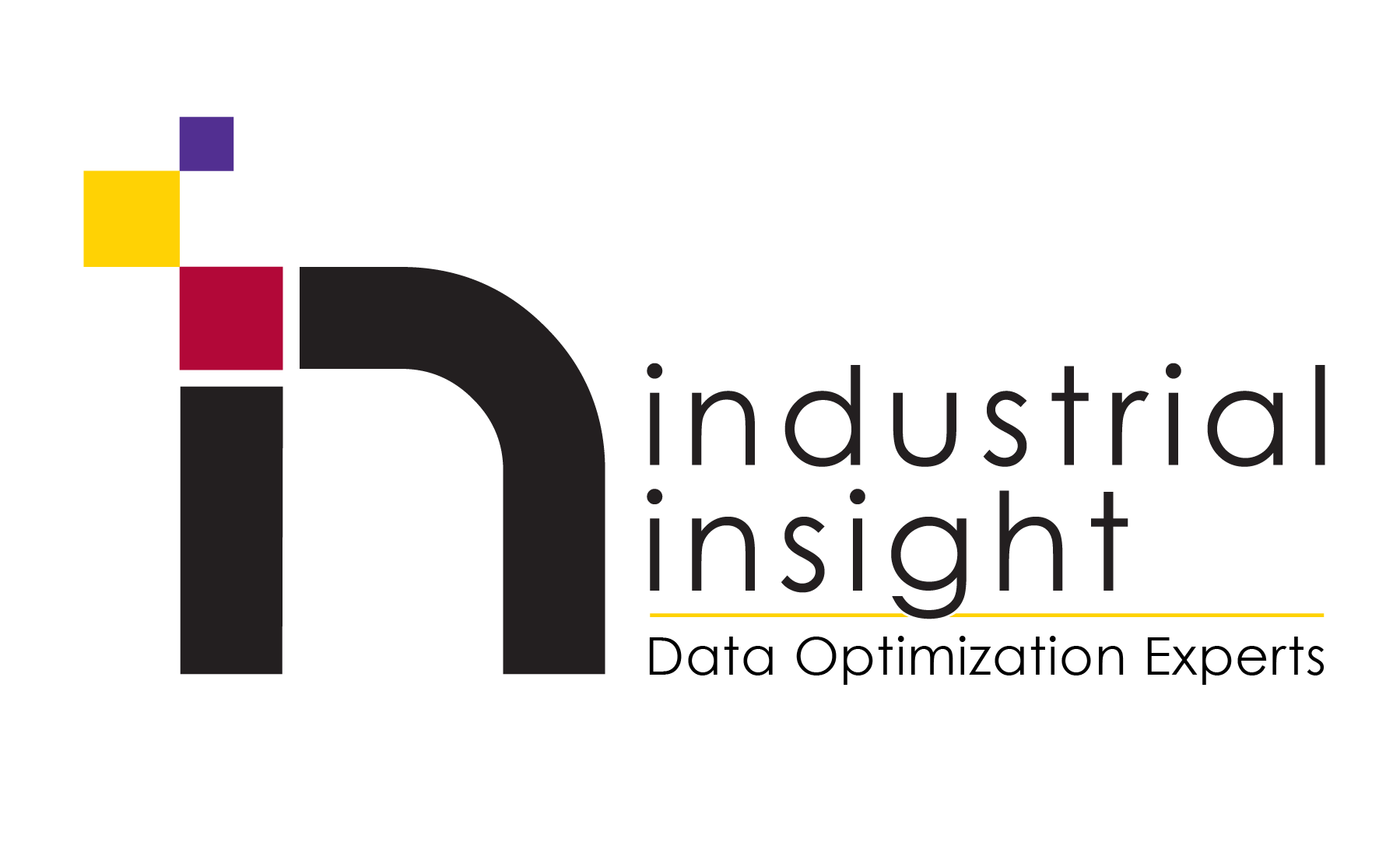IIoT = All New Platforms?
- Lisa Hemme
- Aug 2, 2017
- 3 min read
I have read a few articles or blogs in the last year or so that would lead you to believe that to "do IIoT," it will be out with the old and in with the new. The reality is that if you have a data historian, you are already taking part of the Industrial Internet of Things. Did you realize that? Larry Shutzberg of the Rank Group stated this so succinctly for a promo video for OSIsoft. What he says is quite true.

Back in 2015, Matthew Littlefield of LNS Research asked the question: "Will the Data Historian Die in a Wave of IIoT Disruption?" That is a good question and one I have pondered on for a while. I think that there will be some disruptive events that happen in this space, but I don't think it will be some much the technology as the pricing models. I think the data infrastructure will have to either come down in price (Mr. Littlefield addresses this also), or significantly speed the time to value, which in my mind, some are already doing, even though a lot of customers aren't leveraging it yet - which I addressed in my last article "Why is IIoT adoption so slow?"
I also believe that there will be other and cheaper ways to collect, store and analyze data at the edge and in the cloud. I certainly don't think the Historian will die, but it will evolve significantly over the next 10 years. I addressed some of these potential changes several months back.
I also think Jonas Berge of Emerson hit the nail on the head with his article "IIoT Platform Middleware: Integrate, don't Duplicate or Decimate." Think about it, you have invested tons of money in software, training, configuration, etc. in an existing platform that is doing the job of collecting and keeping the data. I haven't seen a data historian platform yet that houses all of the applications and analytics that people want/need, but most have some kind of connectivity that allows for custom application development or integration with third party applications (including Cloud applications). If yours doesn't, come talk to me and I can help you - your investment won't be wasted, but I can educate you on some potential options, depending on what you have and what you need.
Here are some things to consider for IIoT adoption in your organization:
Is your data historian giving you everything you need?
If not, is it capable of doing more and if not, why haven't you leveraged its full capability?
Are you considering edge computing solutions, wireless sensors/networks that may bypass traditional control systems or existing historians?
What other applications do you need to solve end user issues?
If you had these applications, what are their business impacts?
If you had these applications, how do they fit into your existing data infrastructure? Is the vendor telling you that they will bring their own data collection engine to the dance with them?
If the application can't or won't tie into existing infrastructure, you need to change one or the other. You should have solid connectivity these days between data infrastructure and external applications
Does your application vendor supply remote data services or some way to save you time or enhance your SME's (Subject Matter Experts) impact? If so, look into this as it is a good thing
If companies who are bringing you specialized applications aren't looking to plug into and leverage your existing data infrastructure, then be wary. If your existing data historian/data infrastructure doesn't support third party applications, then you need to find a company who has an open architecture and one that allows third party applications to access the data and data models.
My preference is always to leverage existing infrastructure wherever possible. Just make sure you are invested in a company that believes in allowing third party applications to connect to your data. Don't let your data historian hold the data hostage. You really shouldn't need another platform/infrastructure to replace your data historian for your IIoT needs.




Comments